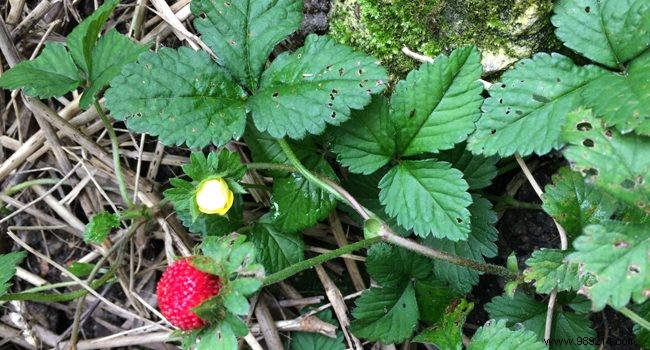
The generic name Duchesnea pays homage to the famous botanist Antoine Nicolas Duchesne who published The Natural History of the Strawberry in 1766.
It is a perennial plant that spreads by runners and is often used as a ground cover. These fruits are very decorative, edible, but, alas, without any flavor.
Discover below, the information you need to know before growing this plant at home.
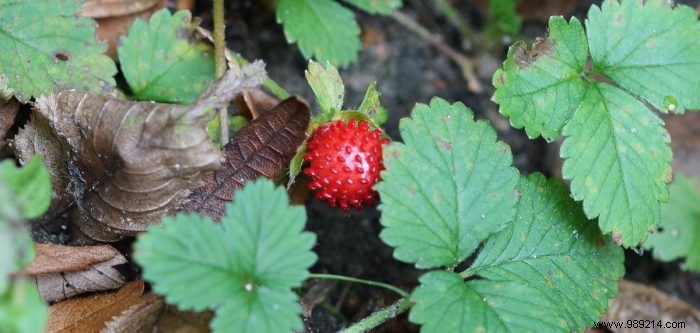
Called Duchesne strawberry, yellow-flowered strawberry or even false strawberry, the Indian strawberry is an ornamental plant very popular with landscapers.
Indeed, the color of the flowers as well as the leaves is quite dazzling. In addition, it is a perfect ground cover, because it has a carpeting appearance. Its foliage is semi-evergreen. At maturity, its width can reach up to 1 meter while its height does not exceed 0.15 meter.
The Duchesnea Indica Requires a location in full sun, partial shade or full shade. It depends on the variety you are growing. Its advantage is that it is resistant to cold. In addition, its need for water is quite low.
The best time to plant it is from March to September. You can also grow it in autumn and until the beginning of winter, that is to say between October and November.
Flowering begins in April and ends in September. Thus, you will have beautiful red and very juicy strawberries at the beginning of the year.
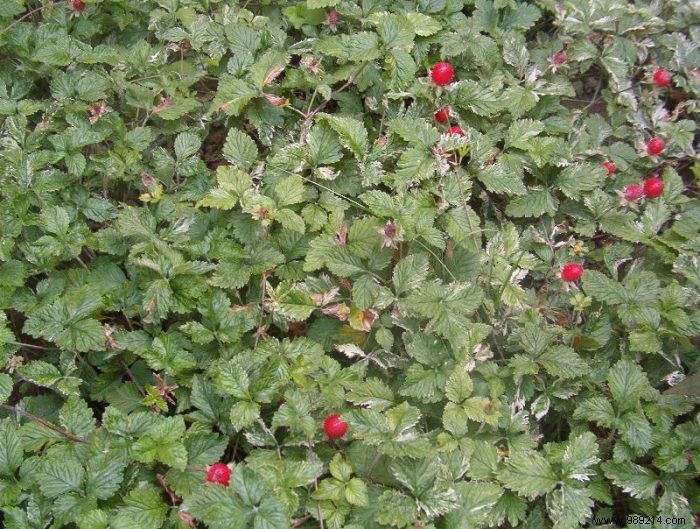
There are 6 species of the genus Duchesnea, but the most famous are:Duchesna Indica and Duchesnea Indica Harlequin. Apart from the yellowish flowers, this plant also has another special feature.
The calyx has between 5 to 10 small parts, the calyx has 5 sepals, the stamens are numerous while the carpels are unilocular separated. The concrescent receptacle turns into a succulent and fleshy fruit.
Duchesna Indica is the most common. This variety is native to Asia. It is a fast-growing plant whose fruiting is ornamental. You can find them all over the world, including Europe, North America, Central America, and South America.
In some countries, such as Reunion, this false strawberry is an invasive plant and manages to compete with the wild strawberry.
Duchesnea Indica Harlequin , on the other hand, has foliage variegated with creamy white. Often, its leaves are also tinged with red. It is perfect for illuminating a semi-shaded area.
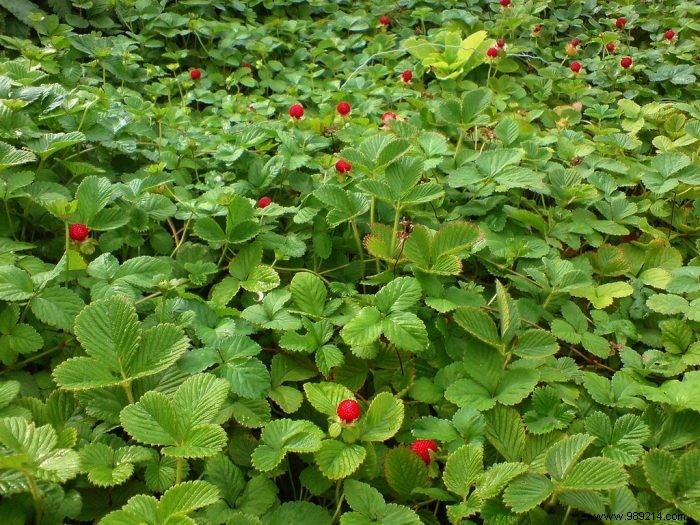
The Indian strawberry adapts to any type of soil, but it prefers acidic soils rich in humus. You can also grow them in the undergrowth or in a semi-shaded or completely shaded place.
The ideal season to plant this false strawberry is in spring or autumn.
To have an immediate ground cover, plan between 8 to 9 buckets for each m2. Respect if possible 30 to 40 cm of spacing around each plant so that the strawberry plant grows easily.
Then weed and loosen the soil. At a minimum, all holes should be twice the volume of the root ball. Feel free to use potting soil or compost to improve its texture.
Before planting the plugs, rehydrate them in a bucket filled with water for 10 minutes. Place them in the hole and pack the soil all around the roots with your hand.
Finish the action by watering your plants in a copious way. And lay an organic mulch on top.
The Duchesnea Indica is a plant that does not fear the roots of trees and shrubs. The ideal is to plant it with Aegopodium , Montia sibirica , Vinca , Waldsteinia , cyclamen or hellebores.
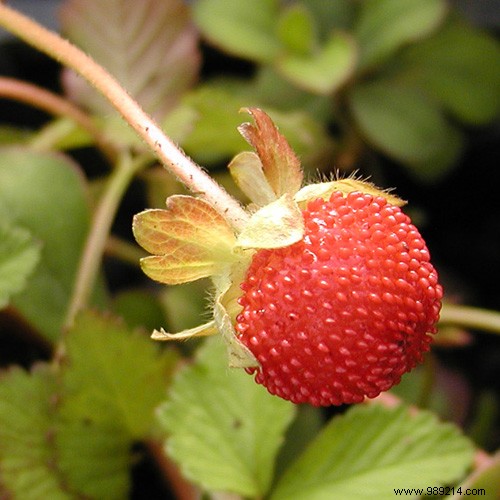
In general, the strawberry plant with yellow flowers does not require any maintenance, but you must still remember to sprinkle it with water regularly and in a copious manner. This watering is essential the first summer after planting.
If you put it in a pot, you must keep the soil cool throughout the growing season.
Then, reduce watering as fall draws to a close. To promote abundant flowering, fertilize once a month from April to September.
Occasionally clean dry or damaged foliage.